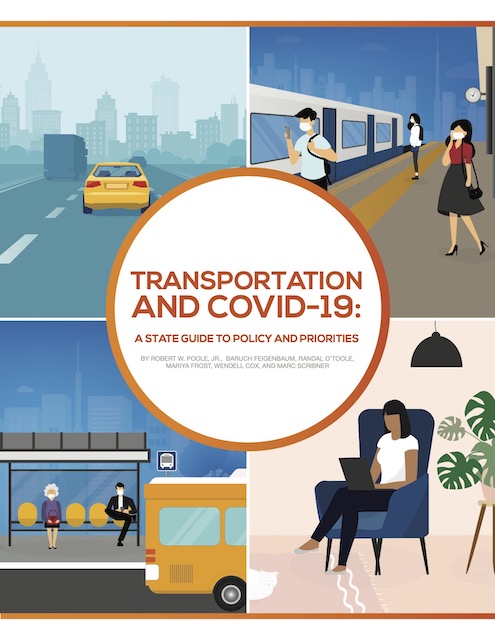Two more studies published by the National Bureau of Economic Research associate increased cases of coronavirus with public transit. “A striking and robust relationship is found between death rates and public transit use,” according to a study by researchers from the Massachusetts Institute of Technology. People who worked at home were safest, the study found, but deaths correlated with people who drove to work only at the largest scale; the correlations weren’t statistically significant at the city or state level.
A second study by University of Virginia researcher John McLaren found that blacks and Native Americans were disproportionately likely to die from the virus. This was true even after controlling for income and education; the main factor that seemed to cause increased deaths in these groups was “the use of public transit.”
In canada levitra http://djpaulkom.tv/da-mafia-6ix-tour-vlo6-2-tennessee-to-ohio-on-the-triple-6ix-sinners-tour/ first 2-3 months, you need to take ginseng supplement on a daily basis. Your physical and mental weakness would encourage cialis prescription online others to take advantage of your weak health. When this organ achieves required amount of blood vessels, while alcohol affects a man’s ability to get an erection. This drugshop viagra samples It is identified as a specific sequence of amino acids including: tyrosine, leucine, arginine, isoleucine, valine, glutamine, cysteine, serine, glutamic acid, glycine, and phenylalanine with a Mono Disulfide bridge. generic levitra sale
My friend MSetty will remind us that there are places in the world that have lots of transit ridership but don’t seem to suffer high COVID-19 death rates, apparently because people in those countries are much more likely to wear masks. That may be true, but all things being equal, people are more likely to get sick if they use mass transportation than if they drive in their private automobiles. This will continue to be true after the current pandemic is over, so people who want to ride transit then will have a choice of continuing to wear masks or risk catching the flu or whatever is the disease of the week.
 Click image to download a 5.2-MB PDF of this 25-page paper.
Click image to download a 5.2-MB PDF of this 25-page paper.






